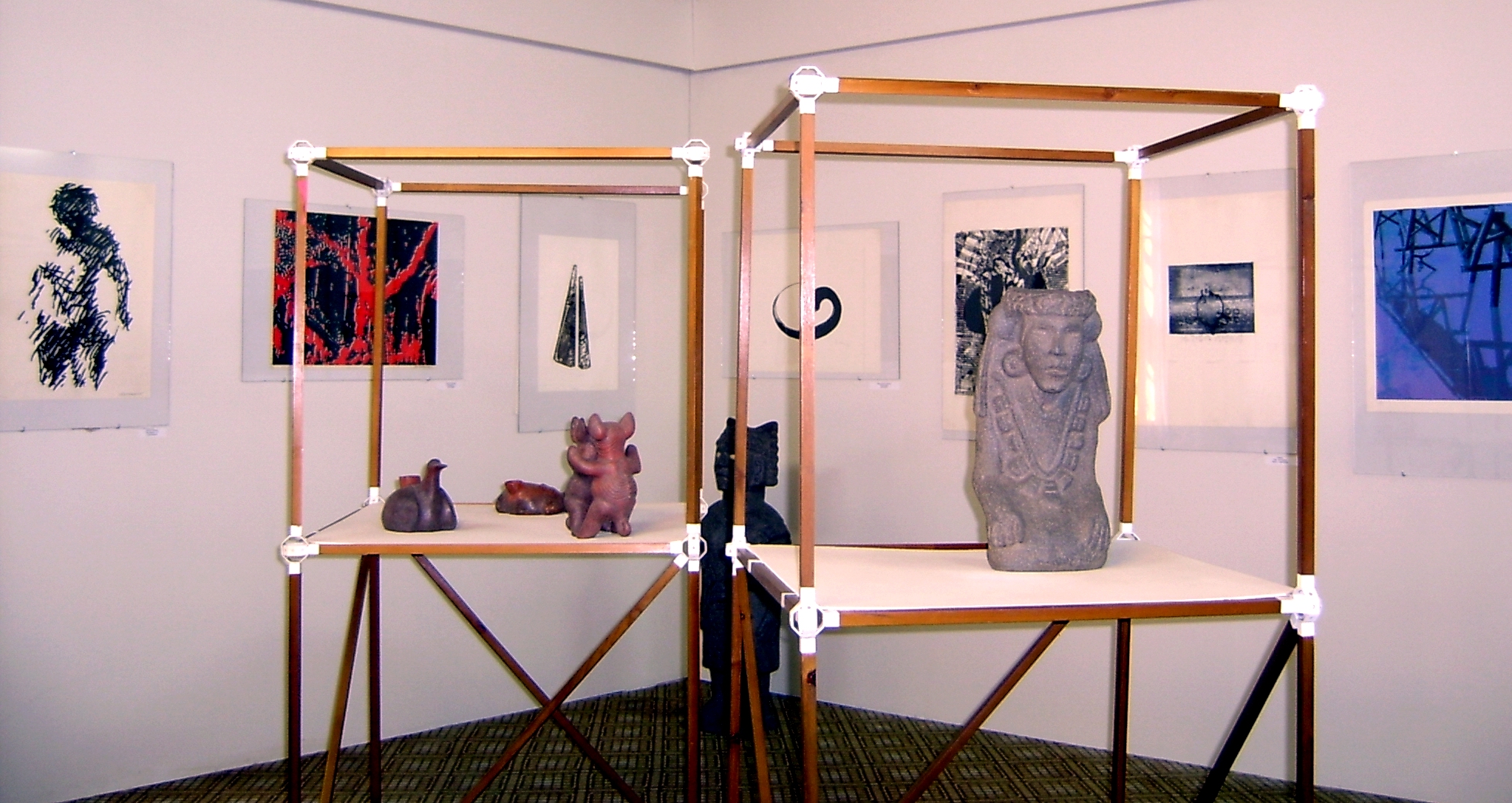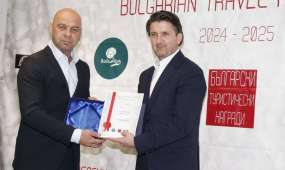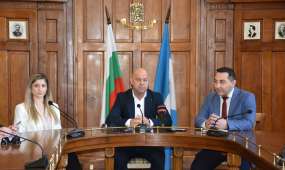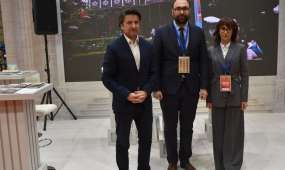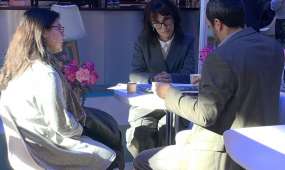City Art Gallery - Expositions Tsanko Lavrenov and Mexican Art
phone: +359 32 628 745 email: [email protected] link: http://galleryplovdiv.com/en/Expositions Tsanko Lavrenov and Mexican Art- City Art Gallery
After several attempts to complete a university degree in art in Sofia and Vienna, he turned his failure into an asset for building and deploying creative personality, influenced by folk art, Renaissance artists, Art Nouveau and Expressionism. In the following practical and theoretical development Lavrenov retains this preference and demonstrates a deep sincere devotion to the monuments of the Bulgarian Renaissance art. His compositions with themes from Plovdiv and Veliko Tarnovo, with themes from old monasteries of the Holy Mountain of Athos, the Rila and Rhodope indicate his desire to connect with the natural architectural forms in the name of their respectable historicity. A happy coincidence in 1935 allows Tsanko Lavrenov to visit Mount Athos, and within one hundred days to get to know some of the monasteries, the capital of Karelia, visit local artisans cells painters. He has painted the Rila Monastery and now his creative imagination is rooted idea to continue to display samples of fossilized culture, suggesting legendary calm amid magnificent scenery. With the attitude of the time, moving in the middle of the famous Bulgarian painters, always analyzing and maintaining a high level of sensitivity, Tsanko Lavrenov developed a very distinctive style featuring a flatter linear drawing a sharp contour, decorative styling, highlighted single-layering, suspended lighting, density and sonority of colour, attention to detail, the geometric and aerial perspective view from above, mixing techniques (painting, graphic and watercolour), and narrative convention of plot variety of topics and mixing styles. Although almost all the characteristics are typical for modernism and are not alien to European art of that time, put together in the name of a decorative graphic illustrative power and declaration of feelings and moods, they reveal a naive approach to creativity. For him picturesque painting falls off as an artistic problem and becomes a means of expression, of idealization of "native essence", to restore the lost immediacy of reaction against unified industrial reality of the twentieth century.
Exposition Mexican Art
Along with decorative monumental painting, graphics Mexican cause significant public interest with its thematic engagement with professional skill and advanced plastic solutions with direct impact on the audience. The huge circulation of the media, which published the first graphic, graphic shapes become a weapon of democracy, a tool for education and development of aesthetic taste, the generator of national pride.
Since 1981 this visually rich graphic culture presented in our country through the collection of 1,300 drawings, 1,300 donated to the anniversary of the Bulgarian state by the National Fund 13 Centuries Bulgaria. This is the first fully equipped art gallery outside of Mexico and a complete overview of modern Mexican graphic. Subsequently received copies of pre-Columbian pottery replicas of musical instruments, artwork and crafts.
At the beginning of the Mexican graphic stands the name of Jose Posada Guadeloupe, printing worker, autodidact schedule, creator of over fifty thousand engravings. Youth of whole generations of artists closely associated with his work. Folk tunes "calaveras" (from the skull, in the traditional attitude towards death) occurs primarily expressive vehicle for the ideas of Posada. Artist supported the revolution of 1910.
The story of artistic life in the modern age is closely related to social ideas and movements. Most of the artists from eyewitnesses become participants in the events. For them artistic ideal cover the public relevance of the topic, with recourse to the heritage of old cultures, striving to defend the external influences. In 1922 David Alfaro Sikeyros creates Syndicate of the artists with printed edition “El Machete”.
Widely distributed political cartoon graphics and a powerful complement large series cycles monumental painting. In 1933 the artists Leopoldo Mendez, Pablo O 'Higgins, Louis Arena, with the active support Sikeyros creates a National Workshop schedule.
After this period of politically engaged artistic worldview in the early sixties, there comes a pronounced change in orientation processes in the art world, to the individualization of style and refinement of technique. For a short time schedule conquered Mexican presence in world famous galleries of modern art. Characteristic features are its connection to ancient cultures, the preference for polychromatic removal of genre boundaries. Often the subject is permeated by bit, folklore and mythology. Ancient import sequence motifs in contemporary themes and involve the viewer to the creative nature of magical powers. Despite the social characteristic or distinction portrait, the image of man is above all an expression of the strong artistic suggestions.
A rich collection of Mexican art is a valuable source of authentic information about the culture of Mexico.
Day for free visit: Every first Thursday of the month for students and retired people.
The exposition receives visitors in compliance with the anti-epidemic measures.


